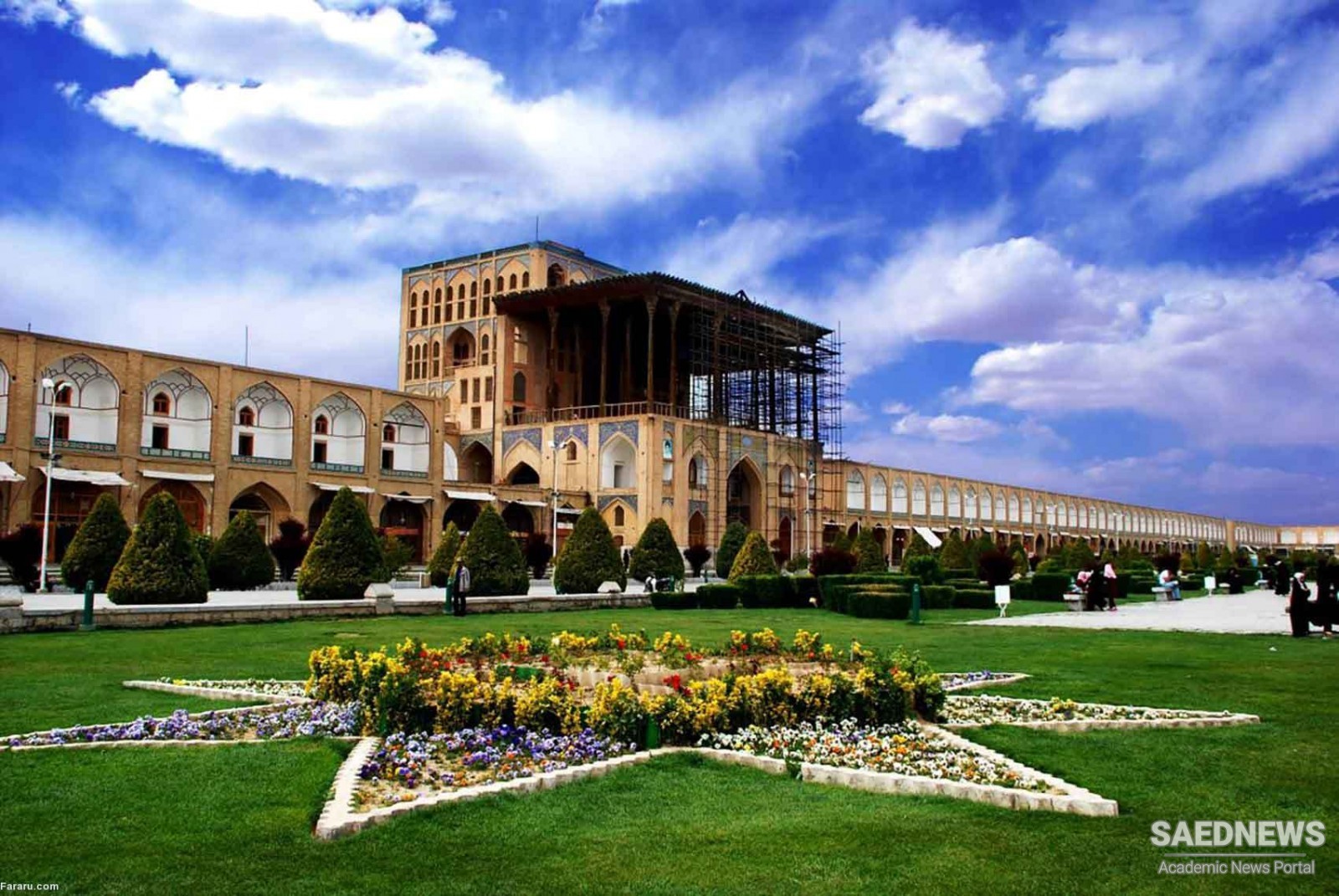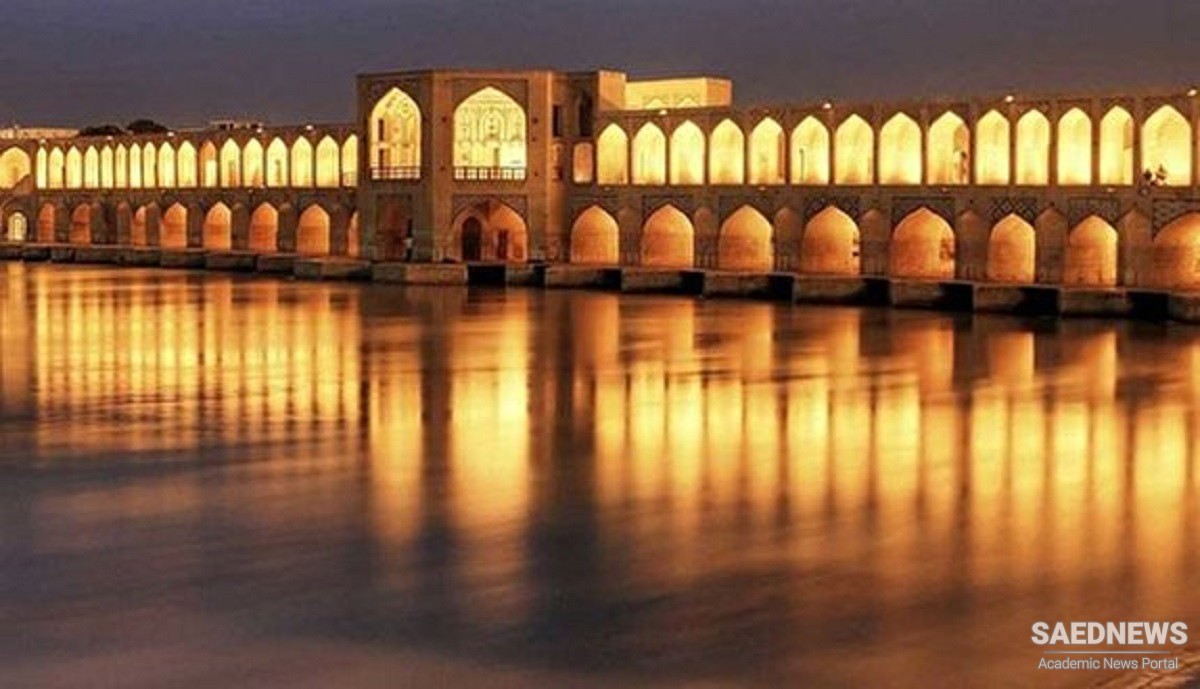Isfahan Province at the heart of Iran, is a land of beautiful buildings, nicely designed carpets and unique artworks. Isfahan had been the capital city of Iran for centuries. The City of Isfahan is just one of the big cities of Isfahan province.
You should go to Kāshān and visit another part of the province where narrow alleys and clay homes show another aspect of the province’s beauty and serenity. The air is filled with the fragrance of Damascus Roses. You should visit Sīālk to be fascinated by its 8 thousand years of history.
Moreover, Abīāneh is a place where people still wear their thousand-years-old clothing and speak their own ancient dialect.
Vānk Cathedral
This is the largest and most beautiful cathedral in the Jolfā district of Isfahan. The internal decoration includes oil paintings derived from Italian painting which show some parts of the life of Jesus Christ.
Sīālk Hill of Kāshān
This ancient hill is located 3 km to the south of Kāshān. The clay dishes discovered in this area revealed that its civilization dates back to 4500 BC. Other objects discovered in the area include clay tablets belonging to the Elamite era. Near the central hill of Sīālk, two graveyards, conventionally called A and B, have been discovered. The objects found from the excavations include iron weapons, swords, lances and piped dishes. The objects found in graveyard A date back to 2000 years BC and those in graveyard B date back to the early first millennium or late second millennium BC.

Chehel Sotūn Palace
The palace was established in Chehel Sotūn Garden of Isfahan at the time of King Abbās I of the Safavid dynasty (1501-1736). The decorations include paintings, mirror work, tile work and gold work articles. It is called Chehel Sotūn -- meaning a “forty column structure” -- because many columns are used in the construction.
Hasht Behesht Palace
This palace was the home of Shah Soleymān of the Safavid dynasty and was built at the king’s order in the large Hasht Behesht garden of Isfahan. The decoration of this palace includes exterior title work with designs of birds and animals.
Fin Palace and Garden of Kāshān
Fin palace and garden which is located 6 km south of Kāshān is a luxurious structure in Isfahan province. This is a typical palace of the Safavid era (1501-1736) and during the Zand (1751-1794) and Qājār eras (1789-1925) some parts were added to the buildings. The importance of the garden lies in its setting and watering system. Amīr Kabīr, the Iranian prime minister at the time of Nasser ad-Din Shah Qājār, was assassinated in its bathroom in the 17th century.
Khājū Bridge
This bridge has been built on the Zāyande Rūd River. The foundation of this bridge dates back to late the Timurid era and in the 16th century CE. However, it was completed by the order of Shah Abbās II of Safavid dynasty (1501-1736). The chambers of this bridge are decorated by paintings and tile-work. In the middle of the bridge a special structure called Bīglārbeigī was erected as a temporary settlement for the king and the royal family.
Borūjerdīs House
The house is one of the masterpieces of Iranian architecture in Kāshān. This house was built in 18th century CE. The building materials used to build this house include clay, bricks, mud. The decorations include plaster work, tile work, mirror work and paintings.
Naghsh-e Jahān (Meidan Emam) Square
Also called Imam Square, it is one of the largest squares of the world which was built at the order of king Abbās I of Safavid dynasty (1501-1736) in a garden called Naghsh-e Jahān. Around the square many famous buildings like Shah (Emam) Mosque, Sheikh Lotfollāh Mosque and Ālīghāpū Palace were built. During the Safavid dynasty, the square used to be a public gathering place for different ceremonies like soldier’s parade, playing polo, celebrations and plays. This square has been registered in UNESCO World Heritage List.

Nīāsar Temple
This temple is located in the city of Kāshān and was discovered by French Archeologist Roman Guirshman.
Rose Water Extraction in Ghamsar
The industry of rosewater extraction is associated with Ghamsar city near Kāshān. This annual national ceremony is held during the months of May, June and July. Most workshops have been created between the cities of Ghamsar and Kāshān. The liquid essence is exported to France and Bulgaria as they are the largest producers of perfume in the world.
Abīāneh Village
This village which is one of the most famous mild climate villages of Isfahan is located at 28 km distance to the city of Natanz on the foothills of Karkas Mountain. The interesting feature about this village is its social structure, architecture and the natives' interest in preserving their ancient traditions and culture.


 Scientific and Technological Developments in Human History: Ancient and Modern Roots
Scientific and Technological Developments in Human History: Ancient and Modern Roots














































